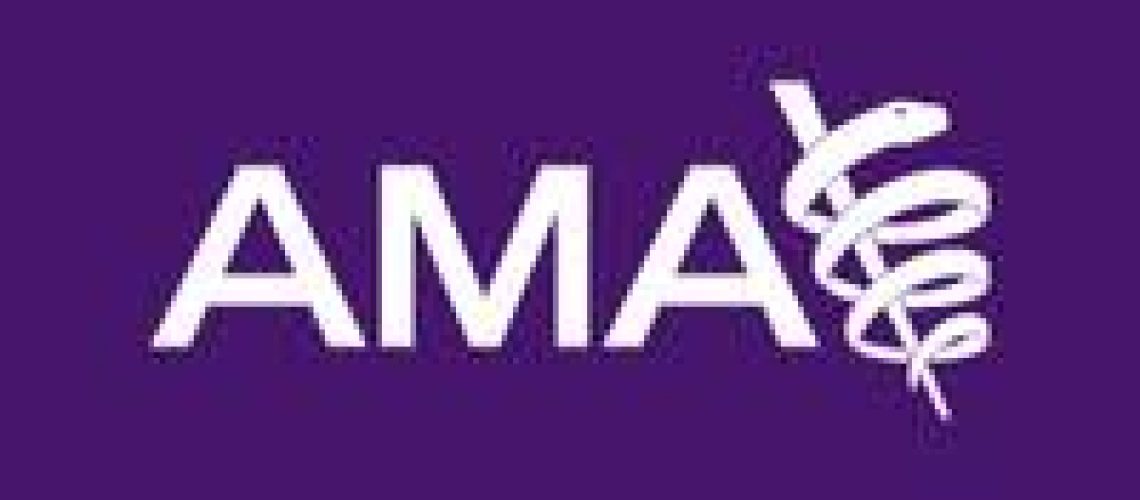Telemedicine has become an indispensable part of clinical training during the COVID-19 pandemic, but care has to be taken to ensure both faculty and learners are set up to succeed in a new medium. An AMA webinar features guidance from physician experts on how to make the transition.
The webinar, “Engaging Learners in Telemedicine Visits: Workflows to Support Teaching, Feedback and Billing,” was produced by the AMA Accelerating Change in Medical Education initiative and features speakers from medical education leadership and the AMA’s senior medical education staff.
Different can be good
Virtual learning is fundamentally different from in-person learning, so steps have to be taken to ensure a positive learning experience. The webinar outlined four of those steps.
Remove logistical hurdles. Faculty and learners can often use guidance in downloading the required software and setting up their homes for videoconferencing, said Julian Genkins, MD, a third-year internal medicine resident at the University of California, San Francisco, and a former software developer for an EHR vendor.
But no matter which videoconferencing platform you use, it’s best not to assume that learners and instructors will immediately understand it, so training might be necessary.
“It’s helpful also to have transparent preceptor expectations,” he said, including clear schedules for who’s precepting, “because you don’t have that same physical proximity in clinic, and you don’t immediately know who’s available to help you as a learner.”
Dr. Genkins also recommended establishing a communication back channel, such as texting or private chats on the videoconferencing platform, as well as a practice of pre-briefing and debriefing.
Focus on creating new skills. Teaching learners how to perform clinical assessment over video requires reevaluating the fundamentals of patient-physician interactions, Dr. Genkins noted. For example, what is different about taking a history? What are some tips for doing a physical exam? How can you interrupt a patient gracefully?
Panel management will differ too, so how should high-risk patients be identified and then encouraged to try video visits?
“I think it’s important to think about some of this as just experiential learning,” he said, adding that learners often may not be aware of what they don’t know. “And you may not have faculty that are as experienced in telemedicine either, so they might not be able to capture those unknown unknowns.”
Make the most of the technology. Telemedicine also presents opportunities to maximize learning, said Benjamin Li, MD, a third-year radiation oncology resident at the University of California, San Francisco, and founder of Rayos Contra Cancer, which focuses on training radiation oncology clinicians via telehealth in limited-resources settings
“We have real-time back channels for learning, meaning if you are a medical student, for instance, and the faculty is talking about something that you’re not familiar with, you can, on your own screen, look up the anatomy for what he’s talking about, or look up an UpToDate article,” he said.
In addition, videotelephony makes educational conferences more accessible than ever.
“Distance isn’t a barrier,” Dr. Li said, noting that the costs of attending conferences remotely are often very low.
Meet the moment. “Your mindset is key to unlocking the potential of this platform,” Dr. Li said. “Don’t just recreate the in-person interactions in the telemedicine clinical experience.”
The adoption of EHRs is a useful point of reference, he noted. When EHRs are treated simply as paper charts in electronic form, their potential is never realized.
“Let’s not make the same mistake with telehealth,” he said. “We should see this as an enhancement and not a replacement of the in-person encounter.”
The webinar also describes the typical flow of a telemedicine encounter, outlines key faculty development needs and reviews AMA guidance regarding issues of privacy, billing and documentation. Slides and a video recording are available in the “Resources” section of the AMA Accelerating Change in Medical Education digital community (registration required).
Additional help with COVID-19
The AMA has developed a COVID-19 resource center as well as a physician’s guide to COVID-19 to give doctors a comprehensive place to find the latest resources and updates from the Centers for Disease Control and Prevention and the World Health Organization.
The AMA has also curated a selection of resources to assist residents and medical students during the COVID-19 pandemic to help manage the shifting timelines, cancellations and adjustments to testing, rotations and other events.
——————————————————
Photo courtesy of: AMA
Originally Published On: AMA
Follow Medical Coding Pro on Twitter: www.Twitter.com/CodingPro1
Like Us On Facebook: www.Facebook.com/MedicalCodingPro







